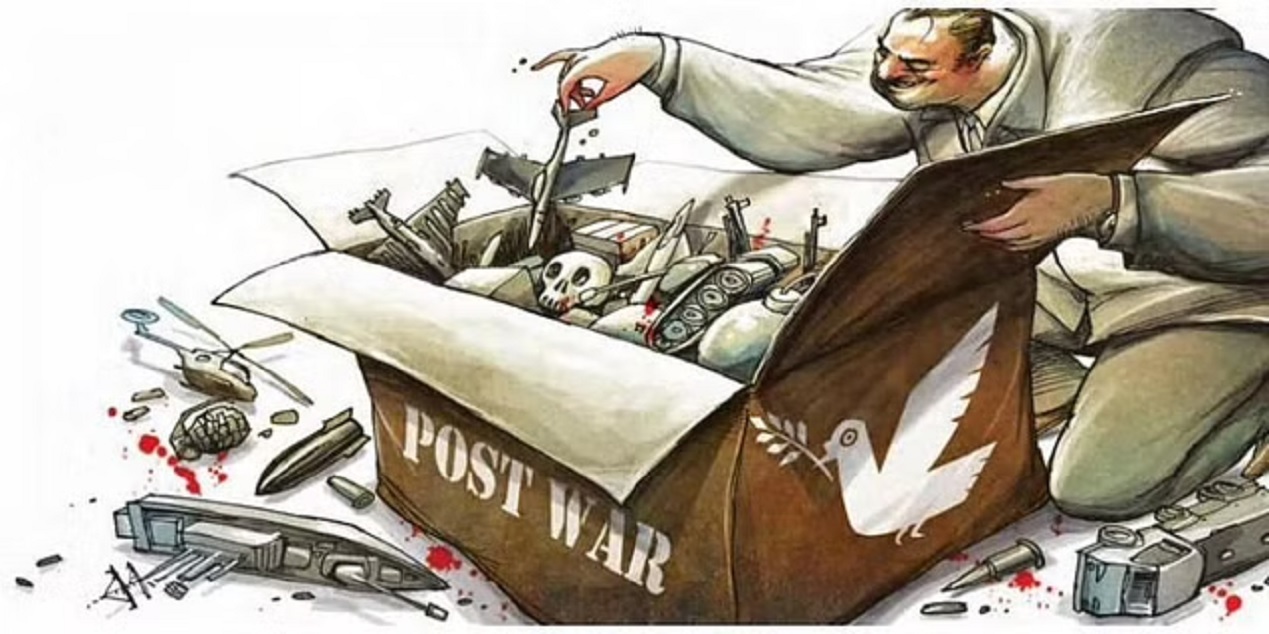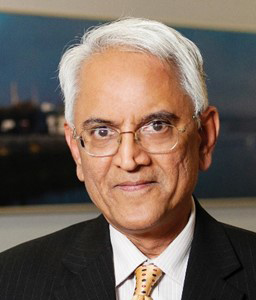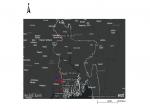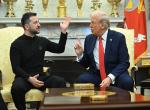The war in Ukraine is in its sixth month, with no clarity on an endgame. Russia reiterates it will not back down, until it achieves its original objectives. Ukraine seeks more heavy weaponry from the West, to drive Russian forces back to their pre-war positions. NATO countries respond with lethal weapons supplies, in pursuit of a “strategic defeat” for Russia.
Nothing is said anymore about the understanding reached by Russia and Ukraine in Istanbul on March 29. Russia said it provided for a “neutral, non-aligned and non-nuclear” Ukraine, guaranteed by all stakeholders (essentially NATO and Russia). Ukraine was non-committal, but details have since appeared in western media. The agreement fell through within days. Columbia University Professor Jeffrey Sachs said recently on CNN that some western countries had persuaded Ukraine it could militarily achieve a better outcome.
The Ukraine war showcases the failure of Europe to build a sustainable post-Cold War security architecture. The Chinese sabre-rattling around Taiwan, following US House Speaker Nancy Pelosi’s visit to that territory, reminds us that there is a similar disequilibrium in the Indo-Pacific.
In the fog of propaganda on the war in Ukraine, it is easy to forget that just over a year ago, it was China that was in the crosshairs, when US President Biden met President Putin in June last year. Biden was looking for a modus vivendi with Russia on their differences in Europe and Asia, so that the US could better focus its energies on the strategic challenge from China. He found Putin responsive: it is today unthinkable that he described Putin as a sober interlocutor, rationally pursuing Russia’s national interest. Biden got NATO, EU and G7 countries to endorse his initiative to engage Russia and to acknowledge the challenge from China.
A US-Russia dialogue followed, on a range of mutual security concerns, which included Ukraine. The negotiations initially made reasonable progress. For reasons still shrouded in secrecy, the talks collapsed and Russia went to war.
The military situation appears to be moving towards a stalemate. The rhetoric on all sides has somewhat abated. There were curious statements from the intelligence chiefs of the US and UK, downplaying rumours of Putin’s illness. The recent agreement on Ukrainian and Russian grain and fertiliser export is an encouraging development. But there is no indication of a broader dialogue. If Russia and Ukraine (backed by NATO countries) stick to their positions, we are in for a war of attrition.
The conflict has revealed some home truths about the post-Cold War world. The narrative of democracy against autocracy was not effective in mobilising support against Russia. Former National Security Advisor Shivshankar Menon points out that many democracies did not see the war that way: for different geopolitical reasons, they did not condemn Russia or impose sanctions on it. Germany’s Chancellor Olaf Scholz admitted, after meeting the leaders of India, Indonesia, Senegal, South Africa and Argentina, that they have different perspectives on the war. The Economist highlighted another fault line. Most rich nations in North America and Europe oppose Russia’s action. They account for over 70% of the world’s GDP, but only 36% of its population. So, about two-thirds of the world’s people live in countries that are neutral or ‘Russia-leaning’. The truth is that the post-Cold War world is diverse and largely ideology-agnostic; countries’ alignments are based on issues and interests, rather than political systems.
The Russia-West energy linkage has proved difficult to break. Russia’s dominance in energy supplies to the western world—oil, gas, coal and uranium—made it nearly impossible to cut off foreign currency flows into Russia or its banks’ access to the world. The US continues to import Russian uranium. The UK is still buying its oil. European Union countries are in difficult internal negotiations to reduce pipeline-borne oil and gas imports.
Meanwhile, the US Treasury Secretary warned in April that a precipitous cut in oil purchases from Russia could drive up gasoline prices for American consumers. Countries like India took it as a nod to lap up Russian oil. The result is that Russia’s energy revenues exceeded US$ 65 billion in the first quarter of 2022 (as per The Economist), an 80% year-on-year growth! This largesse has given Russia the war-time buffer to more than compensate for other revenue losses.
The energy dilemma will stalk Europe even after the war. It has to fast track its alternative energy programmes, bearing higher costs and accepting interim shortfalls. Renewables’ output cannot be ramped up beyond a point. Part of the reason for the current crisis is that Europe’s earlier projections of renewables’ output proved inaccurate—the sun did not shine enough and the winds did not blow hard enough. There is also a climate impact: countries are postponing phase-out of coal-fired plants and buying high-emission shale gas.
India’s foreign policy withstood the pressure to condemn Russia and join the sanctions. Its reaction flowed from its geography and historical experiences, which frame its strategic and security interests in the Eurasian space it occupies. These interests are compatible with our partnerships with the US and its allies. That this message was received on all sides is evident from the interactions of the Prime Minister and the External Affairs Minister across geographies in recent months. A genuine strategic autonomy means sustaining multiple partnerships, as dictated by national strategic and security interests.
US and European leaders routinely reiterate that territorial adjustments and status are sovereign decisions of Ukraine. This is textbook political correctness. But the reality is that the war is almost entirely funded by the US and Europe. They will also have to fund the peace that follows. They are doing so to protect the values of freedom and democracy.
These countries also have political, economic and strategic interests, which are not all identical. As the war drags on, it is inevitable that various stakeholders will move to shape the outcome most in line with their interests. In the real world, interests eventually prevail over values.











Post new comment